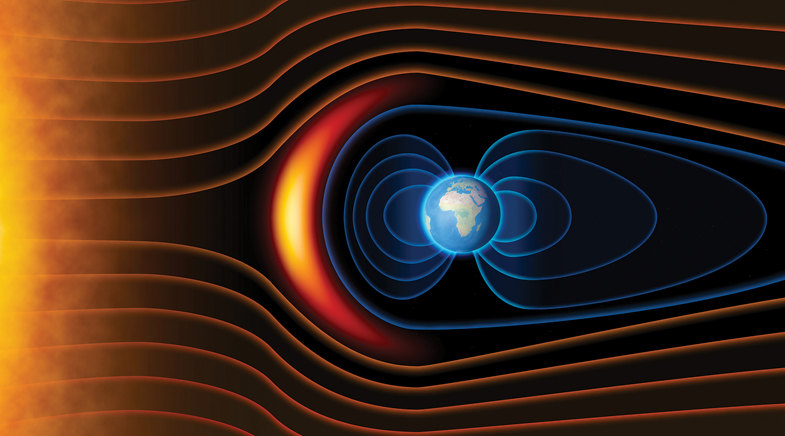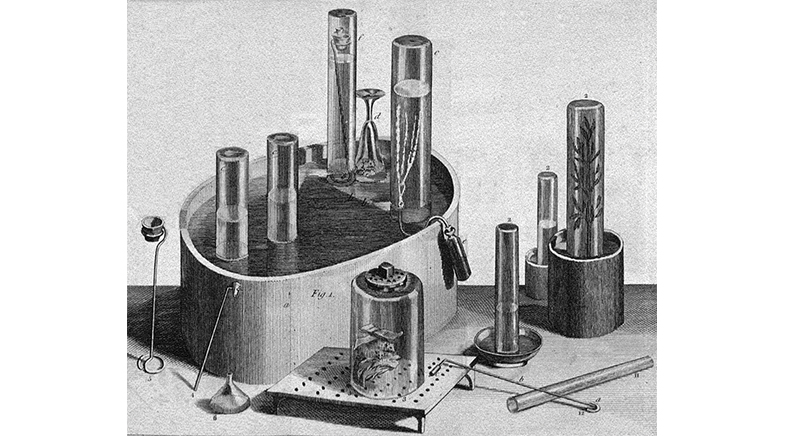A galactic gauge
-
- from Shaastra :: vol 02 issue 04 :: Jul - Aug 2023

Efforts to measure the rate of expansion of the universe are apace. Now, Indian researchers have proposed a way to harness gravitational waves in this cosmic quest.
On November 11, 2014, University of Minnesota astronomer Patrick Kelly spotted a supernova that blew up 9.3 billion years ago. Kelly had seen not one image but four different ones of the same object. Astronomers calculated that one image of the supernova was missing from the bunch and would 'arrive' on Earth a year later. Exactly as predicted, telescopes saw the image on December 11, 2015.
A supernova is a powerful explosion created at the end of a large star's life. The larger the star, the more powerful the explosion. The early universe was full of large stars and, therefore, many powerful supernovae. Light from these early explosions has to travel far to Earth, through and around massive galaxies and galactic clusters that bend light passing near them. Since different parts of the galaxy bend light differently, light from the object takes different paths and produces multiple images. This bending of light, called gravitational lensing, provides astronomers with information about stars and galaxies – and about the nature of space itself.
The supernova that Kelly and his colleagues found was named SN Refsdal, in honour of Norwegian physicist Sjur Refsdal. Refsdal had started work on gravitational lensing in the 1960s, soon after his PhD, and developed a method to calculate the Hubble constant, a number that determines the present rate of expansion of the universe. This constant is now measured with great precision. However, different methods have provided different values for it; resolving this discrepancy, called Hubble tension, is important to determine the expansion rate of the universe, and, by extension, the ultimate fate of the universe.
Kelly and his colleagues continued to work on the images of SN Refsdal that they found in 2014 and 2015. They published a paper this year (bit.ly/hubble-refsdal), which gave a value for the Hubble constant as about 66 kilometres per second per megaparsec. A parsec is roughly 3.26 light years and a megaparsec is a million parsecs. So, a Hubble constant of 66 means that the speed of the expansion of the universe increases by 66 kilometres per second for every additional 3.26 million light years away from Earth.
PAST ISSUES - Free to Read


Have a
story idea?
Tell us.
Do you have a recent research paper or an idea for a science/technology-themed article that you'd like to tell us about?
GET IN TOUCH














